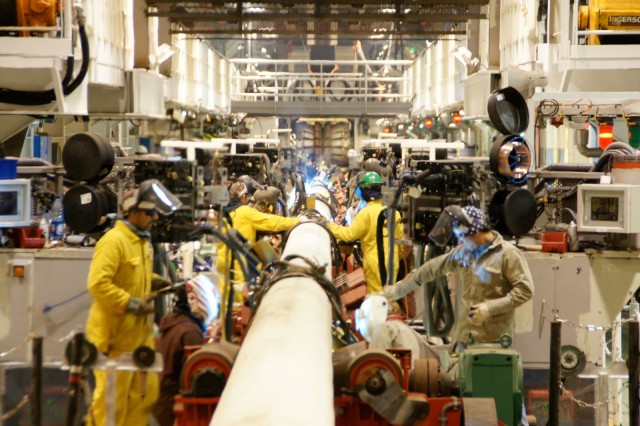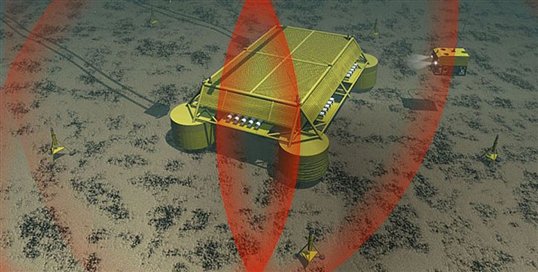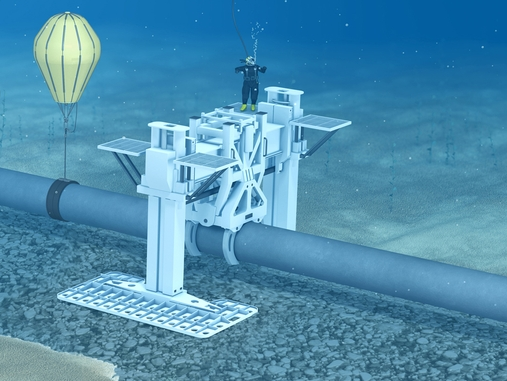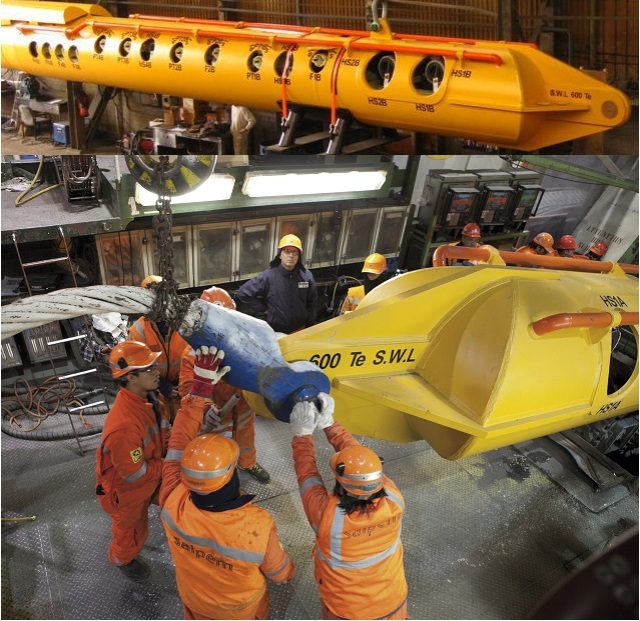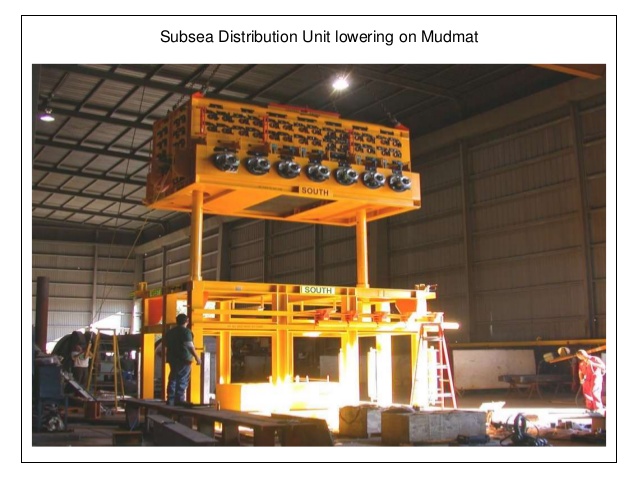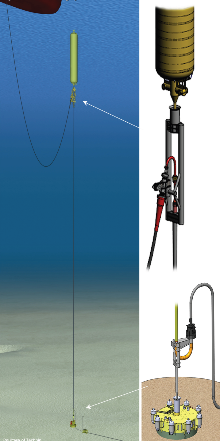Gravel pack completion is a common sand control method used to prevent formation sand production from unconsolidated sandstone reservoirs. Sand production blocks tubulars, creates downhole cavities and erodes hardware so it must be separated and disposed of on surface.
A steel screen is placed in the wellbore and the surrounding annulus is packed with prepared gravel of a specific size designed to filter formation sand. The American Petroleum Institute (API) has set the minimum specifications desirable for gravel-pack sand in API RP 58 “Testing Sand Used in Gravel-Packing Operations”. The primary objective is to stabilize the formation while causing minimal impairment to well productivity.
Samples of the formation sand must be evaluated to determine the median grain size diameter and grain size distribution, failure to acquire appropriate samples will result in plugging or the production of sand once again.











